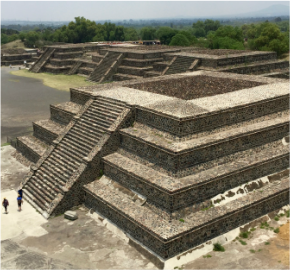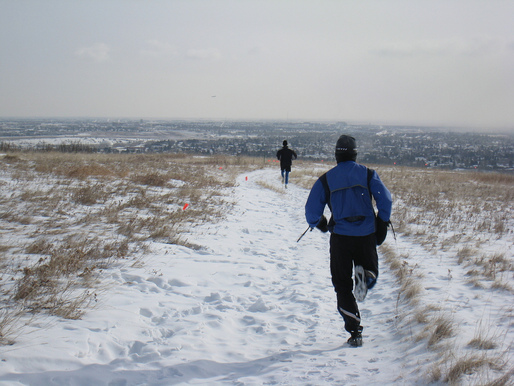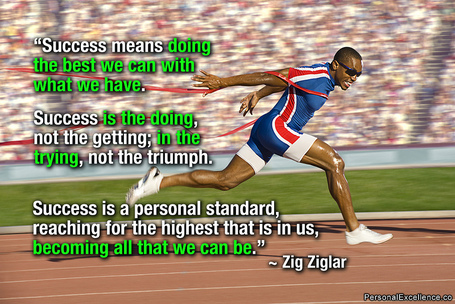Phase 1: Base training

The reason this phase is called "base training" is because it makes up the base portion of your training pyramid. As with any pyramid it is usually the biggest and largest phase of any training cycle. It can vary in the amount of weeks, but every good base training phase should last about 6-8 weeks.
The basic purpose of base training is to subject the body to low intensity stress, mainly to prepare the body for more quality training, but also to develop those components of fitness that respond well to low-stress training. Low stress training is many times referred to as "conversational" pace, because you can carry on a conversation while running with another runner. This period of training is also a great time to get in the routine of your supplemental exercises and stretching routine.
Physiologically the benefits of base training are numerous. As you slowly increase your mileage during base training you get what we call the cumulative training effect. These are the changes that occur throughout your body that over time allow you to perform your daily run with less discomfort. The muscles you stress become stronger and blood flow to these muscles increases. Changes inside the muscle cells provide more energy for the muscles and your resting hear rate undoubtedly becomes slower. Your body weight becomes lower, you may lower your resting blood pressure, and your overall running economy improves. Finally, base training helps develop an overall building up of resistance to injury and a solid foundation on which to build faster training session in the the months ahead.
So there it is, don't neglect the all importance base training phase. This phase can vary greatly between runners of all different levels, but the main theory stays the same. Low-stress training with the aim of "hardening" up the body to respond to higher intensity training sessions later in the training program. Plus, it can provide a nice mental break from the weeks of high-stress training later on.




 RSS Feed
RSS Feed
